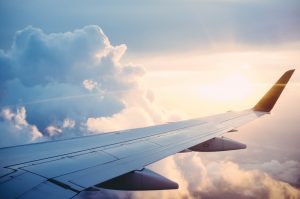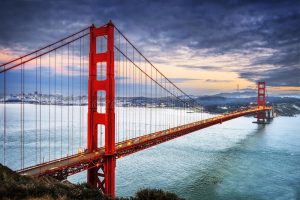Golf is arguably one of the oldest and most history-soaked sports available. Often stigmatized as been an event for the elite, in recent years people from all ages and of all backgrounds are beginning to see the potential and beauty of this sport. That being said, when you consider the breath-taking and exclusive aesthetics of some of the courses that people play on, it’s not surprising that so many people once believed it to be a sport purely for the upper class. Here is a list of some of the most breath-taking golf courses in the world.
Augusta National, August, Georgia, USA
Tiger Woods was recently named as having one of the most iconic masters victories of all time and it was at the Augusta National where he won his first. Chances are, if you ask any golf fanatic for one course that they would like to play on the most in the entire world, they would say the Augusta National.
It opened in 1933 and was originally designed by Alister Mackenzie, who as a result created one of the most scenic and beautiful golf courses you could ever visit. It is 18 holes surrounded by woodland and flora, which includes its now famous azaleas.
Sentosa, Singapore
On the coast of Singapore lies to the exclusive island of Sentosa, which contains on it two championship golf courses, both of which come equipped with not just clubs and flags, but the awe-inspiring views of Singapore’s glorious skyline.
Whilst still feeling in the heart of a city, this course also comes with a contrasting sense of isolation as it hosts the elite tournaments of the Asia Pacific Amateur, HSBC Woman’s Champions and the Singapore Open. Widely regarded as one of Singapore’s greatest courses, the Serapong Course is on every golf enthusiasts bucket list; however, it should be noted the New Tanjong course is worth playing too.
Cypress Point, Monterrey Peninsula, California, USA
Another course in the USA, Cypress Point has a 16th hole which is arguably one of the most notorious in the world. On a completely remote island, surrounded by waves crashing against rocks and with the only crowd being the beautiful Californian sky, there’s no surprise so many golfers come to this course just to experience the 16th hole.
Opened in 1928 and designed (once again) by Alister MacKenzie and Robert Hunter, this course takes players breath away the minute they step onto the rough. Similarly to its neighboring course Pebble Beach, it plays alongside jagged coast lines all along the Pacific Ocean. What’s not to love?
Conclusion
These are merely three of the most beautiful courses in the world. Realistically, an entire book could be published that dives in to the beauty of some courses, the history of those who designed them and the history of the course itself. Other honorable mentions include the likes of Banff Springs, St Andrews, Ballybunion, Adare Manor, Swinley Forest, the Legend Golf Course in Entebeni in South Africa and Old Head in Ireland.



















